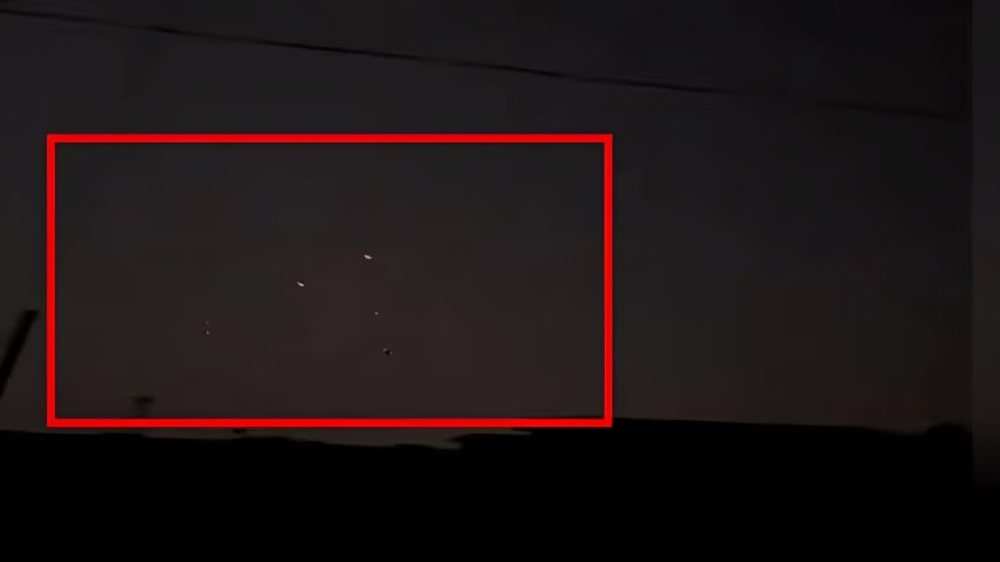India’s air defense forces successfully intercepted missiles and loitering munitions launched by Pakistan targeting key areas in Jammu and Kashmir, including Satwari, Samba, RS Pura, and Arnia, in a significant escalation of hostilities between the two nuclear-armed neighbors.
The attack, which included a barrage of low-cost rockets and drone incursions, was launched in retaliation for India’s Operation Sindoor—a precision strike mission conducted on May 7 targeting terrorist infrastructure in Pakistan and Pakistan-occupied Jammu and Kashmir (PoJK). The Indian operation was itself a response to the April 22 terror attack in Pahalgam, which left 26 people dead, including Hindu pilgrims and a guide.
According to defense officials, the intercepted Pakistani missiles and drones bear resemblance to tactics used by groups like Hamas, involving saturation attacks meant to overwhelm defenses and instill civilian panic. Drone activities were reported and neutralized across multiple states, including Udhampur and Jaisalmer.
Residents in affected regions described hearing loud explosions and witnessing flashes in the night sky as Indian defense systems sprang into action. Authorities implemented emergency blackouts in several cities—including Bikaner (Rajasthan), Jalandhar (Punjab), and Kishtwar, Akhnoor, Samba, and Amritsar (Jammu and Kashmir)—to ensure civilian safety and operational secrecy.
India’s Foreign Secretary Vikram Misri emphasized that the country’s response has been calibrated. “The original escalation was by Pakistan. Our response has been targeted, precise, controlled, and measured, focusing solely on terrorist infrastructure,” Misri said during a media briefing. He warned that any further aggression from Pakistan would be met with appropriate retaliation.
Meanwhile, Pakistan intensified shelling along the Line of Control (LoC), using mortars and heavy artillery in sectors such as Kupwara, Baramulla, Uri, Poonch, Mendhar, and Rajouri. The Defence Ministry confirmed 16 Indian civilian casualties over the past two weeks, including women and children, as a result of this unprovoked firing.
Pakistan also attempted to strike military bases in a coordinated drone and missile offensive aimed at facilities in Awantipura, Srinagar, Jammu, Pathankot, Amritsar, Jalandhar, Ludhiana, Chandigarh, and several others. All incoming threats were successfully neutralized, with recovered debris being examined for further intelligence.
In a swift countermeasure, Indian forces targeted and reportedly neutralized a Pakistani air defense system near Lahore on Thursday morning. The strike marked a rare public acknowledgement of direct targeting within Pakistan’s mainland, underscoring the gravity of the escalation.
International concerns have surged, with the U.S. Consulate General in Lahore issuing a shelter-in-place order amid reports of explosions and possible airspace violations. India’s Foreign Minister S. Jaishankar has briefed U.S. officials, reiterating India’s stance against cross-border terrorism and its intent to prevent further military escalation.
With both countries on high alert, border regions in India remain tense. Schools near the frontier have been closed, evacuation protocols activated, and airports temporarily shut down as the crisis evolves. The world watches with apprehension, as the India-Pakistan standoff enters a volatile new phase.













